Rong'an kumquats from Guangxi, China, are mainly Huapi kumquats and Cuimi kumquats, and the planting area and sales volume are increasing year by year. At the beginning of the production season, there was explosive demand growth, and it was in short supply. To learn more about the kumquat production season, FreshPlaza had an in-depth communication with Mr. Li Yingyi, from Guangxi Rong'an Ant Agricultural Development Co., Ltd.
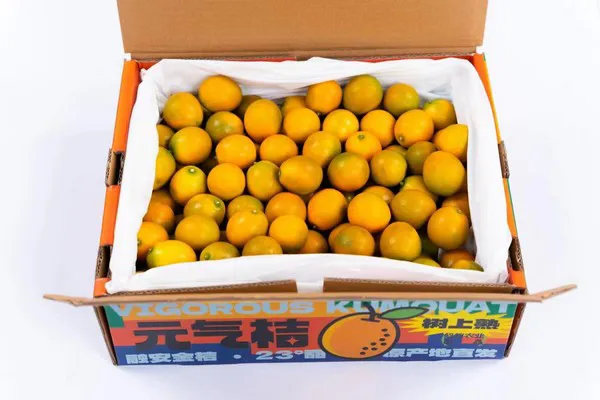 Huapi Kumquat
Huapi Kumquat
"Kumquats are usually on the market from November 8 to the beginning of March of the following year. However, last year's spring was cold, and the flowering period was delayed by more than half a month, and the ripening period of kumquats was delayed accordingly. Therefore, the production season started on November 25. Due to the drought and lack of rain in South China from July to November last year, the yield per hectare of kumquats decreased, but the area of kumquat planting has expanded year by year, so the total output has remained flat. The impact of dry weather on the quality of kumquats is mainly shown in thicker peels and less surface cleanliness. In November, the production area gradually rained, and the local government carried out several artificial rainfalls. In addition, the ripening period was delayed, so the quality and taste of kumquats gradually recovered. "
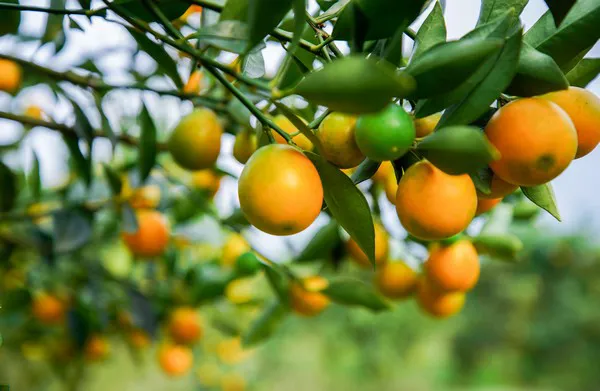
"Compared with the previous production season, the land price of kumquats in this production season has increased a lot. Among them, Huapi kumquats have increased by 50%-60%, and Cuimi kumquats have increased by 25%. The price of kumquats is very high among domestic citrus fruits, especially Cuimi kumquats, the retail price ranges from ¥100-¥400/kg. Kumquats are in short supply every year when they first hit the market. The reason is based on the growth and planting characteristics of kumquats. After the first batch of fruit is harvested, it takes 15-20 days to grow into the second batch of fruit to be harvested. The yield is small and the picking period is long. "
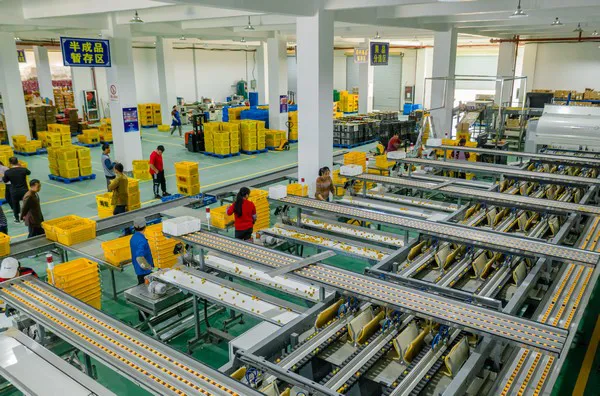
Talking about the explosive demand at the end of last year, Mr. Li said that due to the change in the pandemic prevention and control policy at that time, according to experts, kumquats can effectively relieve the discomfort caused by COVID-19, thereby stimulating explosive growth in market demand in the short term. The price doubled within a few days.
"Kumquat planting has the characteristics of small scale, low yield per hectare, and it's labor-intensive. The explosive demand has brought huge pressure in a short period of time: the early sales were smooth, so there was not much inventory, and there was a shortage of packing manpower, which is not conducive to quality control. This is a phased situation that has emerged this season. "
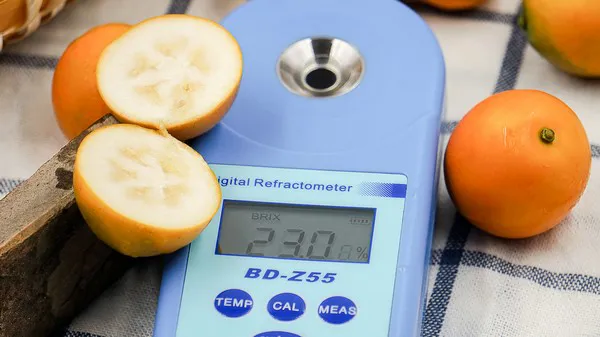
According to reports, after this period, the price did not drop sharply due to the small production and inventory. "When a large number of Chilean cherries arrived in early January, the market's attention turned to cherries, and the price of kumquats dropped slowly. According to experience, when the popularity of cherries drops, the market demand for kumquats will be strong again," Mr. Li said. During the sales peak before the Spring Festival, kumquats were basically sold out.
"Based on the characteristics of Rong'an kumquats, the future development direction will focus on improving quality rather than expanding scale. As a leading local kumquat company, our goal is to develop a set of scalable kumquat plant protection solutions and establish industry standards, while developing deep-processed products.”
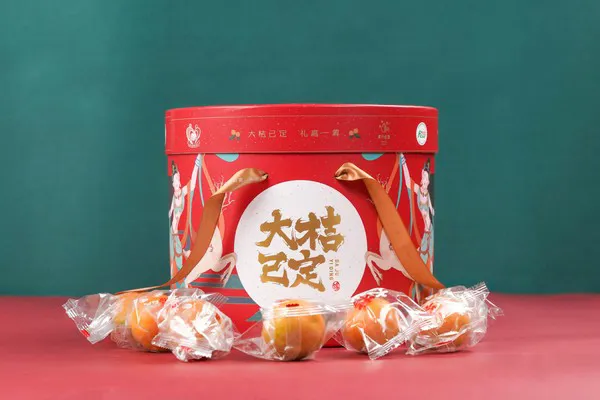 Cuimi kumquat (large fruit package)
Cuimi kumquat (large fruit package)
The kumquat industry consortium established by Guangxi Rong'an Ant Agricultural Development Co., Ltd. has an orchard area of 320 hectares and has factories, sorting equipment, and post-harvest processing centers. It has its own brand "Dajuyiding", the sales area is mainly in East China and Guangdong, and the channels cover wholesale markets, supermarkets, boutique fruit stores, and e-commerce.










